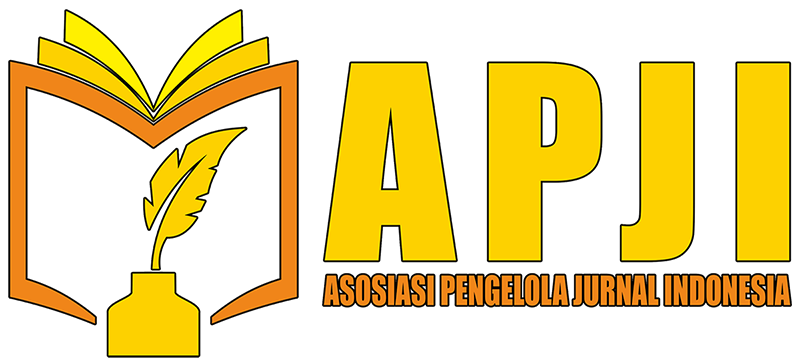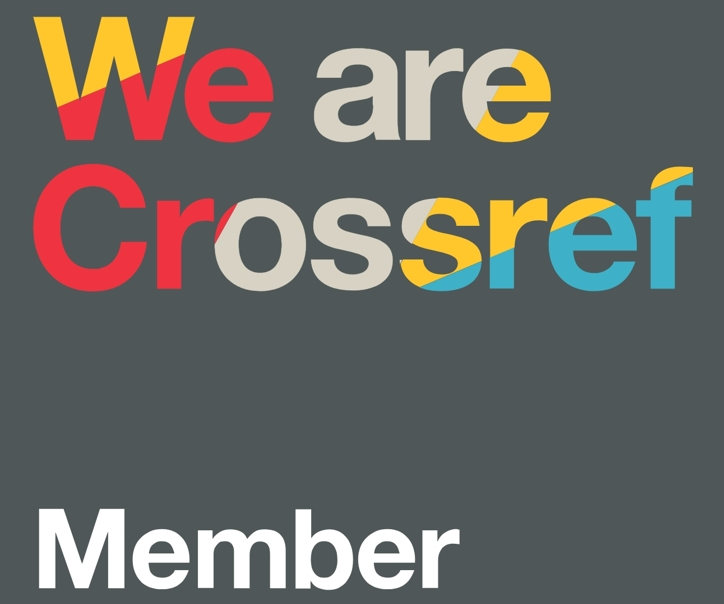Batik Making Training as an Effort to Develop Industry and Community Welfare
DOI:
https://doi.org/10.61991/inovasisosial.v2i1.45Keywords:
Kungkai Village, Batik IndustryAbstract
This service was carried out in Kungkai Village, Bangko District, Merangin Regency, Jambi Province. The problem faced is that there is a fairly well-known batik industry center in Kungkai Village, which has not been able to improve the welfare of the people in Kungkai Village. The people of Kungkai Village generally do not know the types of Kungkai batik and also do not know the tools and methods for making batik. This problem means that the batik industry in Kungkai Village has not been able to develop, the batik business in Kungkai Village is only limited to one home business with a very minimal workforce. The methods implemented in this service activity are in the form of education, outreach, training, and assistance in making hand-written batik cloth. This method was carried out with 20 PKK women partners. After the service activities were carried out, the results were: (1) Partners gained knowledge about batik culture in Jambi and Kungkai Village in particular, (2) Partners received batik tools and materials in the form of canting, mori cloth, wax, and dye. (3) Partners received batik tools and materials in the form of canting, mori cloth, wax, and dye. have knowledge and skills in how to make hand-drawn batik. (4) Partners have knowledge and skills in business management, namely financial bookkeeping, and (5) Partners have knowledge and skills in the field of Information and Technology (IT), namely online marketing using an online shop account that they already have (6) Partners have a working group to develop the batik industry in Kungkai.
Downloads
References
Basis Pengembangan Industri Kreatif Dan Kampung Wisata Minat Khusus. Jurnal AL-AZHAR INDONESIA SERI PRANATA SOSIAL, 1(4), 217–229.
Saraswati, N., & Pamungkas, Y. H. (2016). Paguyuban Batik Sekar Nitik Kembangsongo, Desa Trimulyo, Bantul Tahun 2000-2015 : Tinjauan Sejarah Dan Perkembangannya. Avatara: E-Jurnal Pendidikan Sejarah, 4(3), 593–608.
Yudi Aprianingrum, A., & Hayati Nufus, A. (2021). Batik Indonesia, Pelestarian Melalui Museum. Prosiding Seminar Nasional Industri Kerajinan Dan Batik, 1–14.
Yuniarti, Y. (2015). Pengaruh Kelompok Acuan Dan Keluarga Terhadap Keputusan Pembelian Batik Jambi Di Kota Jambi. Jurnal Penelitian Universitas Jambi: Seri Humaniora, 17.
Downloads
Published
How to Cite
Issue
Section
License
Copyright (c) 2024 Nurmaliati, Atika Ulya Akmal, Ilwandri, Tomi Apra Santosa

This work is licensed under a Creative Commons Attribution-ShareAlike 4.0 International License.













